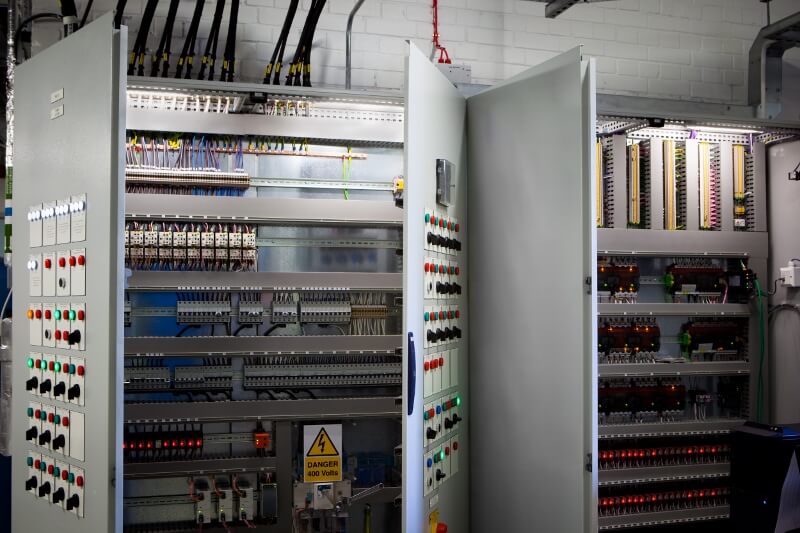What are Electrical Cabinets?
Electrical equipment, such as disconnect switches, overcurrent protection devices (such as fuses and circuit breakers), bus bars, terminals for connecting service and branch circuit wiring, more complex equipment like surge protection, and control writing, are all housed and protected in electrical cabinets, which are merely enclosures. The National Electrical Manufacturers Association (NEMA) has rated electrical enclosures according to their ability to operate safely in settings that could harm the electrical components inside, including moist, wet, dusty, and other conditions. Lastly, there are electrical enclosures that are certified for secure operation in electrically risky situations, which are locations that have or could have an explosive atmosphere due to the presence of flammable gas or vapours in the operating environment.
What are the Fire Risks of Electrical Cabinets?
The National Electrical Code must be followed while designing electrical systems (NEC). Reducing the risk of fire in electrical applications is one of NEC’s main goals. Simply said, a wire warms up when an electrical current passes through it. Electrical wire is insulated to lower the surface temperature and lower the risk of fire. Overloaded wiring can be a fire hazard due to its elevated surface temperature. Additionally, switches inside electrical cabinets have the potential to arc (a jump in electric current through the air), and this arc can act as a source of ignition. A fire threat exists when electrical cabinets are overstuffed with wires whose combustible insulation is also very dusty. Bus bars, which are massive metal conductors used as amperage manifolds for numerous circuits, can also get overloaded and overheated, creating an ignition source.
Our Solution
Rotaflow is teaming up with Stat X, the global leader in fire protection solutions to provide adequate electrical cabinet fire suppression. Stat X already protects thousands of electrical cabinets and rooms worldwide with 24/7 automatic protection. Due to the 15-year service life of the Stat-X fire suppression systems and the virtually maintenance-free product, it will be a one-time cost for your company. The compact and modular design offers adaptable design especially when the space and weight of the fire protection system are critical.



